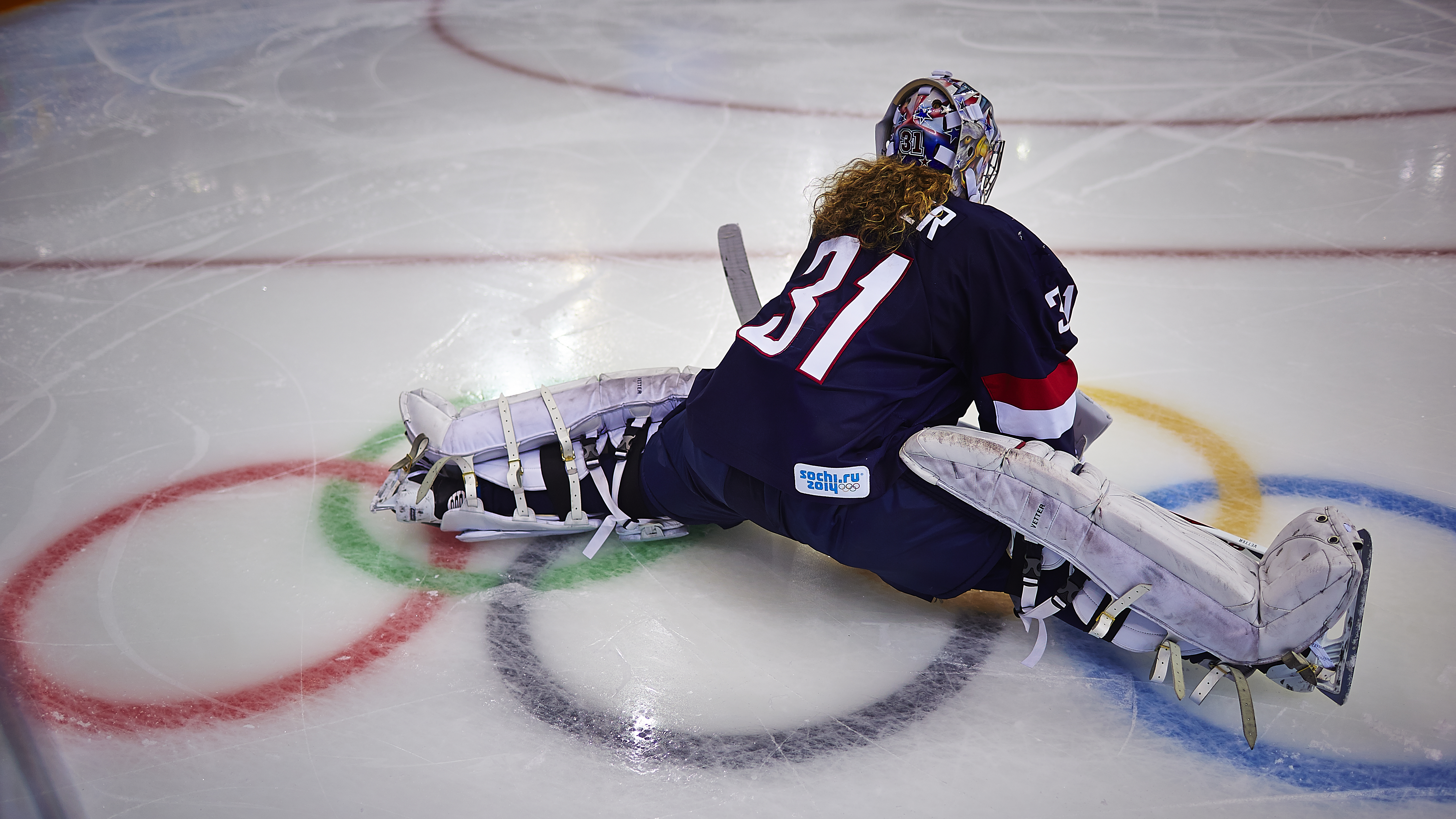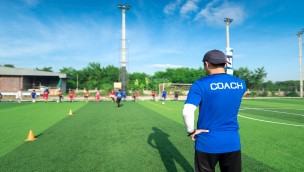Hip impingement syndrome
When athletes experience groin pain, it can sometimes be due to altered conditions in the hip joint.

Approximately 20% of the population have so-called 'anatomical variations' in the hip. Of these, around 23% suffer from an impingement.
Anatomical variation means that there is some part of the body that differs from the norm. It is important to emphasise that anatomical variations are quite common, and they do not necessarily pose a problem. With regards to anatomical variations in the hip, it usually concerns extra bone tissue in the upper femur (thigh bone) or the hip socket; generally, in the area where these two bones attach to each other. This extra bone tissue can make the conditions in the hip joint rather cramped, and when the femur rubs against the hip socket, it often causes pain. The risk of impingement is greatest when the hip joint is bent, adducted (with the leg moving inwards), or when it is internal rotated. This type of movement is common in sports such as football, golf, and ice hockey.
FAI
In technical terms, the thigh bone is known as the femur, and the hip socket is called the acetabulum. An impingement involving these two structures is therefore known as femoroacetabular impingement (FAI), or, hip impingement syndrome.
Secondary injuries
When a person has FAI, there is an increased risk of developing other conditions in the hip over time, such as a labrum injury, cartilage degeneration, and osteoarthritis. In athletes who have experienced groin pain over an extended period of time, there's about a 94% chance of finding signs of anatomical variation using medical imaging techniques (e.g. X-ray). Again, it is important to emphasise that it is not necessarily the anatomical variations which are causing the pain.
Signs and symptoms
The most common symptom is a pain in the hip and groin region, but some people also experience pain in the buttocks, thighs, lower back, or knee. The greatest likelihood of pain occurs when the hip is bent (flexed) at the same time as the femur is rotated inwards and crosses the body's midline (adduction). Reduced mobility in the hip joint is common. Other symptoms, such as clicking sounds, strength deficiency, or stiffness, can also occur.
Labrum injuries
Just as in the shoulder socket, there is a ring of cartilage in the hip that surrounds the hip socket. This is known as the acetabular labrum. Injuries in this cartilage are called labrum injuries, and they are relatively common overuse injuries in sports such as football, ice hockey, and ski jumping.
Diagnosis
A doctor or a physiotherapist will confirm the diagnosis using a clinical examination
Treatment and prognosis
The athlete should undergo a systematic rehabilitation program in consultation with their physiotherapist and trainer.
Athletes who are experiencing pain should avoid painful positions during training and otherwise in day-to-day activities. In most cases, the amount of training needs to be reduced and then increased gradually in a structured manner. Rehabilitation exercises should focus on gradually increasing the range of motion, as well as neuromuscular control.
The prognosis following a femoroacetabular impingement is good, but if additional injuries or degenerative changes are present, they will affect the result. Those who don't improve following rehabilitation should be referred to an orthopaedic surgeon to evaluate whether or not surgery is necessary.


